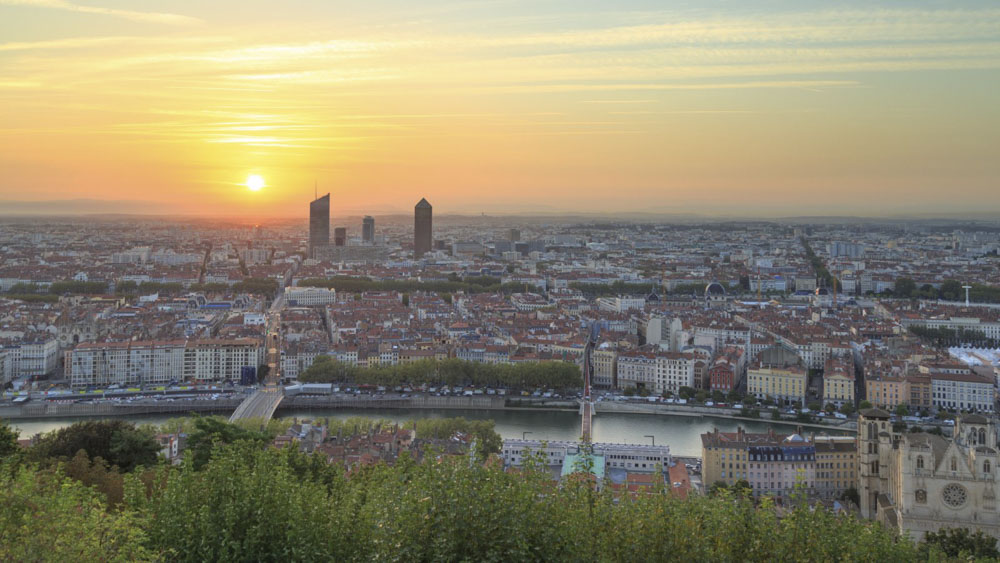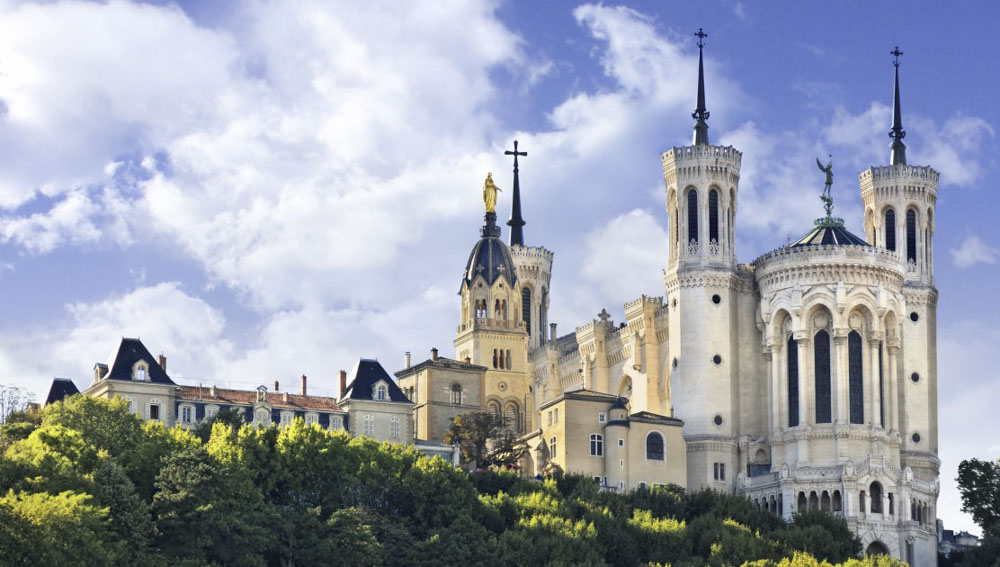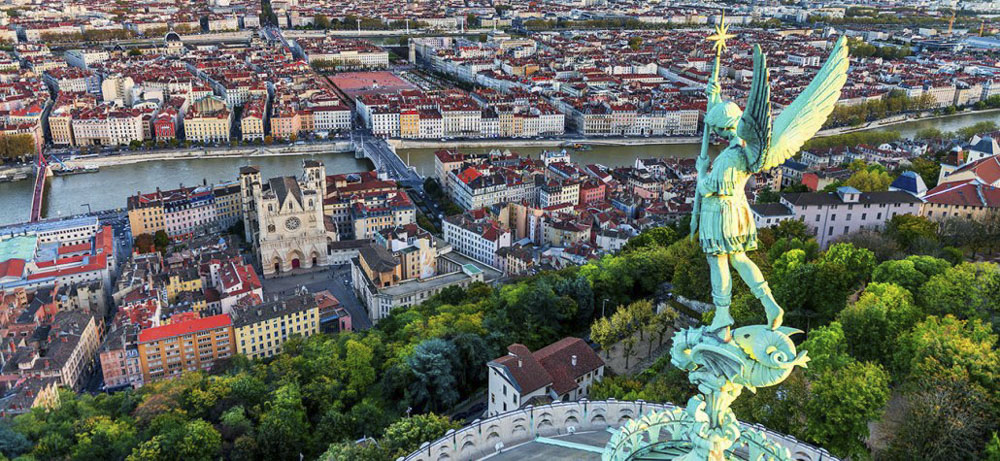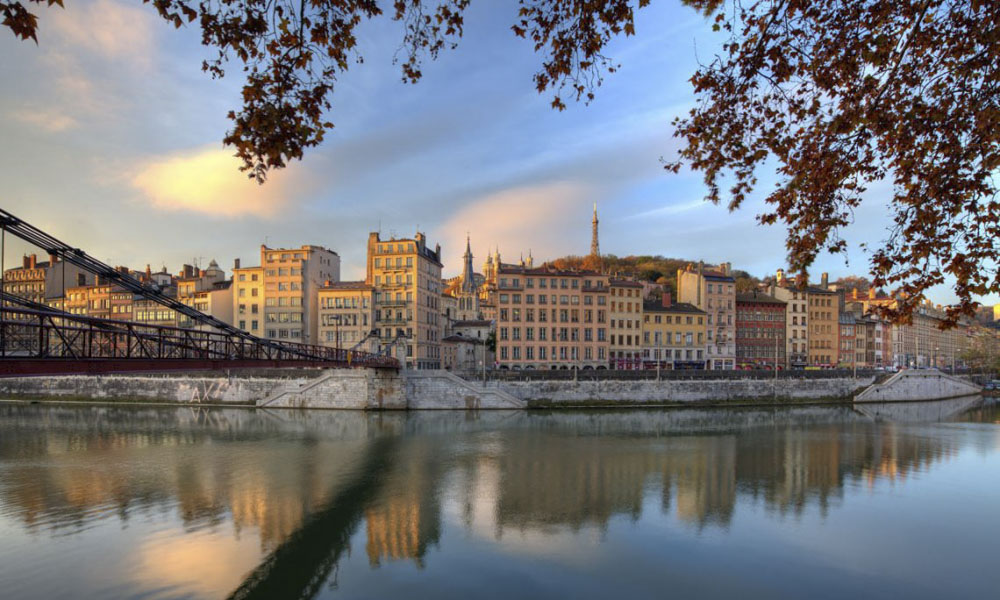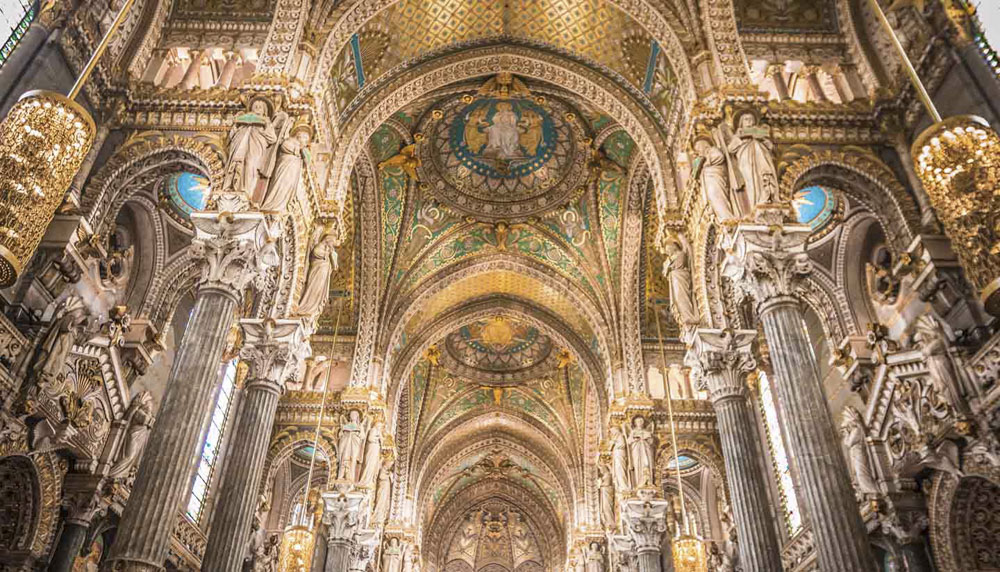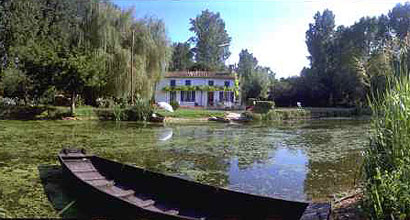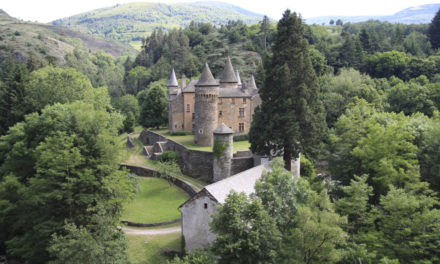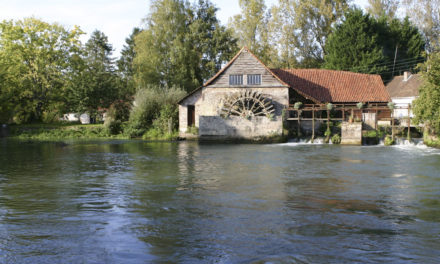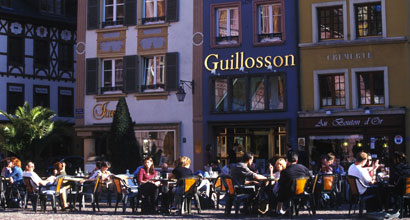Picture a crate of ripening peaches with all its variety of hues and you’ll have a notion of Lyon’s waterside colours. Traditionally, the Saône has been portrayed as the feminine, graceful half of Lyon’s river partnership, with the Rhône as the masculine, muscular one, as numerous symbolic statues around town recall. The two splendid rivers (historically both major working waterways) unite at the end of the long, smart central peninsula, the Presqu’île, the heart of the city with all its grand Ancien Régime squares, its great arts museums and its superb shops, hotels and restaurants.
Lyon’s older historic quarters rise west of the Saône, the churches and mansions of Vieux Lyon below the steep Fourvière hill in which the city’s major Roman remains lie semi-hidden. From the 15th century, the city became one of Europe’s main silk producers, the makers rattling off pieces in ear-splitting numbers in the St-Georges quarter south of the Saône-side cathedral. But in the 19th century, the workers crossed on to the Croix Rousse hill above the Presqu’île, only stopping their manic work to revolt in desperation.
A large swathe of central Lyon going from the Roman hill across the Presqu’île to the high-rise silk-weavers’ houses on Croix Rousse was declared a UNESCO World Heritage Site in 1998 in recognition of its remarkable urban history going back 2000 years. On top of that, in its posh eastern suburbs, Lyon boasts the site of the first cinema film of all time, shot in 1895, by the Lumière brothers outside their home. Brash new quarters are racing up now beside the Rhône. Lyon is a vibrant modern city as well as a great historic one. Bursting with interest, Lyon turns out to be a giant, juicy peach to be savoured.
Book a Hotel in Lyon
Notre-Dame de Fourvière
The Bridges of Lyon
Gastronomic Lyon
For much more information on Lyon and its surrounds, read the Cadogan guide to the Rhône-Alpes region.
Copyright text : Philippe Barbour 2011

